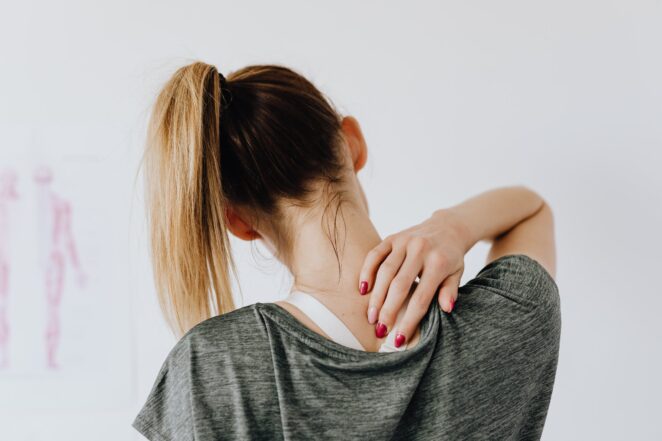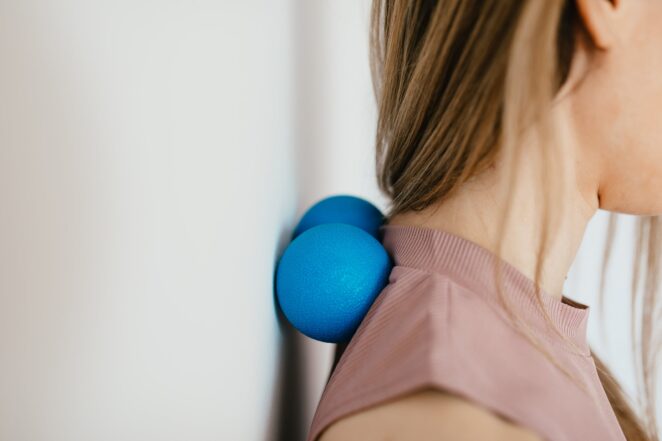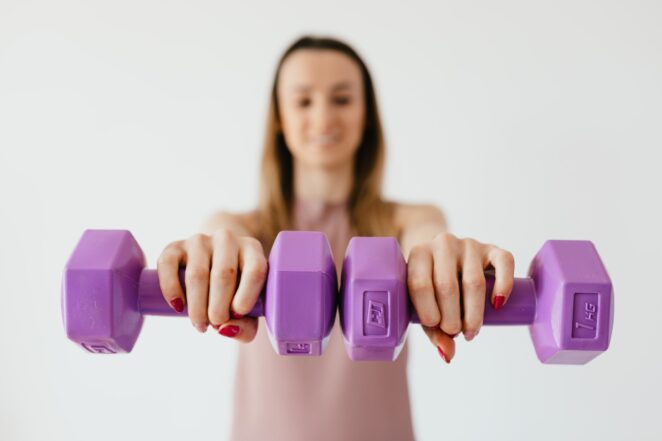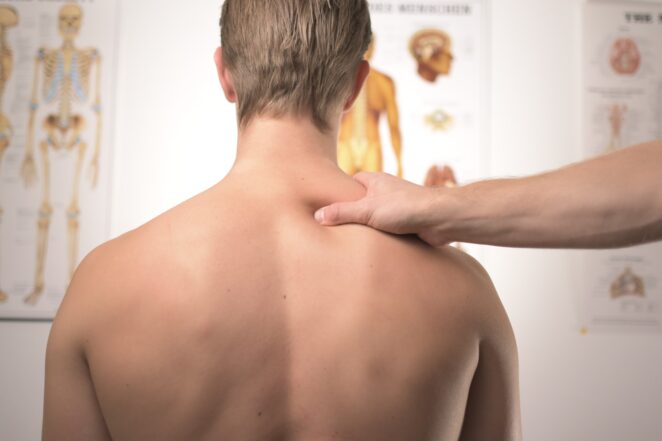It’s an inevitability for all of us: aches and pains are an unavoidable fact of life that we just have to deal with. The problem, however, is that dealing with these pains changes depending on how they’re caused. Back pain from tension is different from back pain caused by a pulled muscle, and you’ll have to treat them differently to alleviate the pain for good.
Fortunately, most people do not have severe pain in their lives; but that does not mean you just have to accept the small aches you deal with throughout the day. By following this guide, you can find out what’s causing your pain and figure out how to stop it for good.
Causes of Minor Aches and Pains
-
Lifestyle and Behavioral Causes

If you spend much of your day hunched over a computer screen, you probably get occasional neck aches. When lifting heavy items the wrong way, such as bending your back rather than your legs, this can cause back pain. Stress, fatigue and heavy caffeine use can all contribute to the onset of headaches. You may have also had the experience of waking up in an uncomfortable position in your bed with this having caused you to awake with aches and pains.
-
Accident or Injury Causes

There are days when you have a headache or back pain and you have no idea what caused it. Having incurred an injury at least takes the mystery out of why you are hurting in a certain spot on your body. Whether you got in a car accident, had a fall or something else happened, accidents leading to injuries are a fairly common reason for ongoing aches and pains in someone’s life.
-
Disease and Illness Causes

It may simply be that you have a condition that is known for causing aches and pains as a symptom. This cause will generally be more common the older you are. Arthritis is a perfect example of this. This painful stiffness and inflammation of the joints can make what used to be routine tasks uncomfortable. Fibromyalgia is another condition with a major symptom of widespread muscle pain.
Six Ways to Relieve Common Aches and Pains
-
Acetaminophen and Ibuprofen

Taking painkillers may not be the best long-term way to relieve aches and pains, but sometimes you just need to kill the symptoms, so you can focus on your task at hand. OTC pain relievers are a quick and easy way to reduce common aches and pains that so many of us experience. No wonder the global painkiller market has exceeded $18 billion as of 2018. They are particularly popular for headaches.
-
Topical Pain Relievers

Medications that you can rub on the spot that aches are popular for arthritis sufferers and for those who may have pulled a muscle in a specific place. It does give you the ability to better target the pain relief. These medicinal creams come in prescription and OTC varieties. The best pain cream for your needs can depend on what is causing your particular problem.
-
Utilize Heat

The heat has been a staple of pain relief methods for a long time. It helps the muscles in the area to relax while increasing blood flow to help the body repair damage. So how can you use heat to alleviate your pain?
Many of us prefer showers when bathing since they are quick and convenient, but a hot bath is a good place to start. It has also long been known that a hot bath with epsom salts can reduce inflammation in your joints that is typical for those who suffer from arthritis. Alternatively, you can also use a heating pad or topical ointments to help reduce the pain of a specific area.
-
Get a Massage

Massage has been known for having many benefits. These include stress relief, improved relaxation, better sleep quality, and reducing anxiety and depression. It also reduces muscle tension, and this is why pain reduction also belongs to its list of benefits. This may not be as simple as popping some painkillers at home, but a well-done therapeutic massage by a professional can relieve your pain while making you feel like a new you.
-
Exercising

For this purpose, aerobic exercise is particularly helpful. Especially if you live a fairly sedentary lifestyle, exercise is critical to keep your body limber and flexible enough to avoid the stiffness that can facilitate aches and pains.
When you are working a job in the same position for hours, take a break every now and then. Even if it’s just to take a walk, this can be helpful. Try to also stretch a bit before heading back to the desk. When it comes to this tip, just be sure not to overdo it. Strenuous exercise can result in injury, and then it ends up being a cause of aches and pains.
-
Work in a Way that Supports Healthy Posture

This tip, along with the one about exercise, goes a long way toward handling aches and pains that are due to lifestyle or behavioral causes. Many of us are sitting for long periods of the day, whether that’s for work, school, commuting, or even relaxing at the end of the day. A lot of times, that sitting can be the root of your nagging pains.
For preventing these pains and discomfort, it’s imperative that you’re sitting with good posture – and investing in a chair and other items to help support that posture. Scrip Hessco, for example, has plenty of supports that can help you adjust your posture.
It’s also important to make sure your work setup emphasizes that posture as well. For instance, your screen and chair height should be positioned relative to each other such that you are not having to crane your neck down or up to comfortably look at it. This helps to prevent neck pain. You should also have your keyboard and mouse at a comfortable level to avoid carpal tunnel, which can cause a number of symptoms including aches.
Hopefully, you only experience minor aches and pains in your life that can be easily dealt with by the above tips and other methods. While small aches and pains can be a nuisance, they should be cause for you to feel lucky. There are those who have severe chronic pain due to major illnesses or injuries and need far stronger remedies than those listed above.
Prevention truly is an ideal way to approach dealing with pain. Exercising regularly, utilizing good ergonomics and posture when working or lifting anything and reducing your stress and fatigue can go a long way toward avoiding pain in the first place. These steps, plus eating right, will give you the long-term key to dealing with pain.
 Vermont Republic Second Vermont Republic
Vermont Republic Second Vermont Republic




